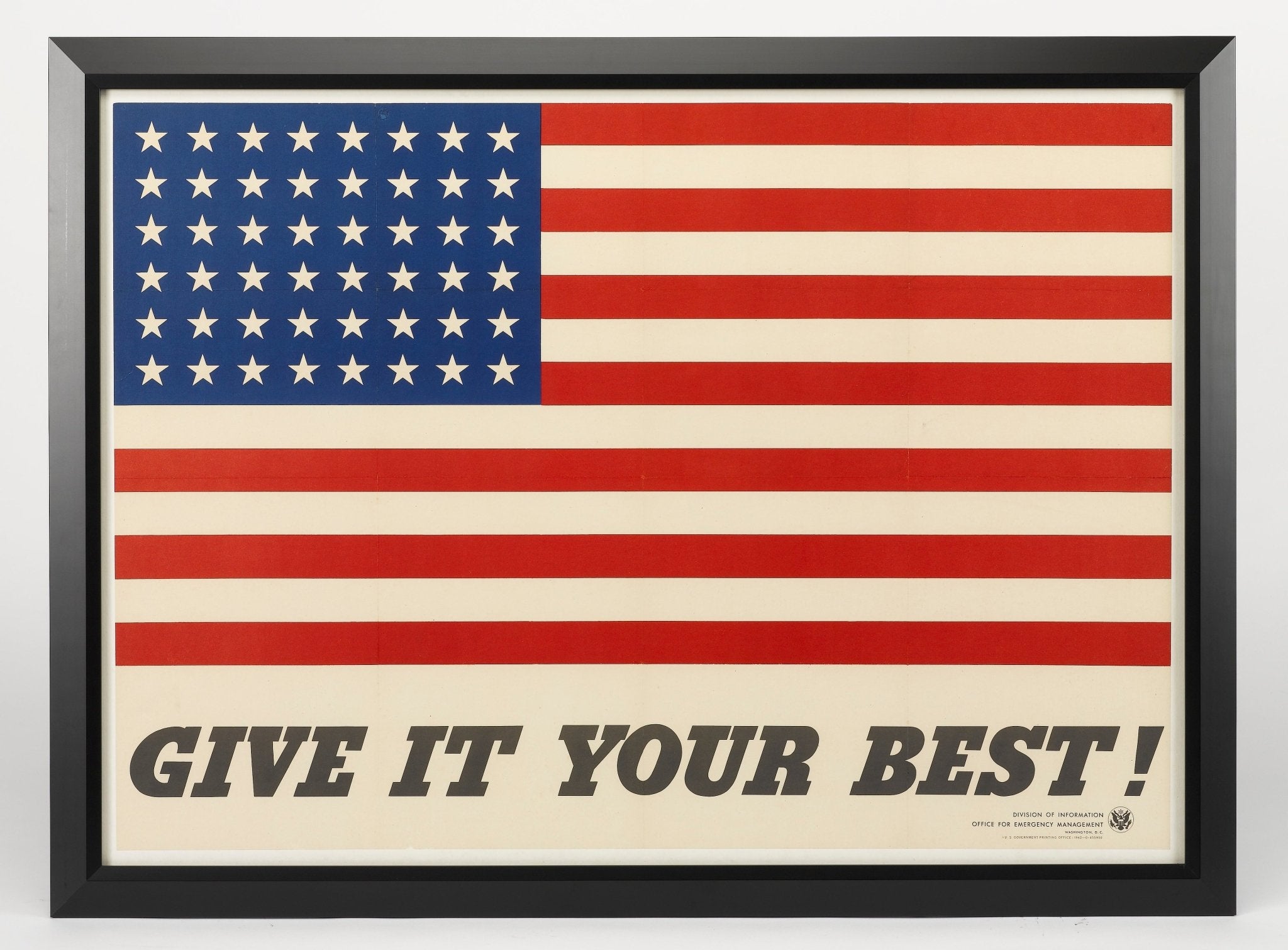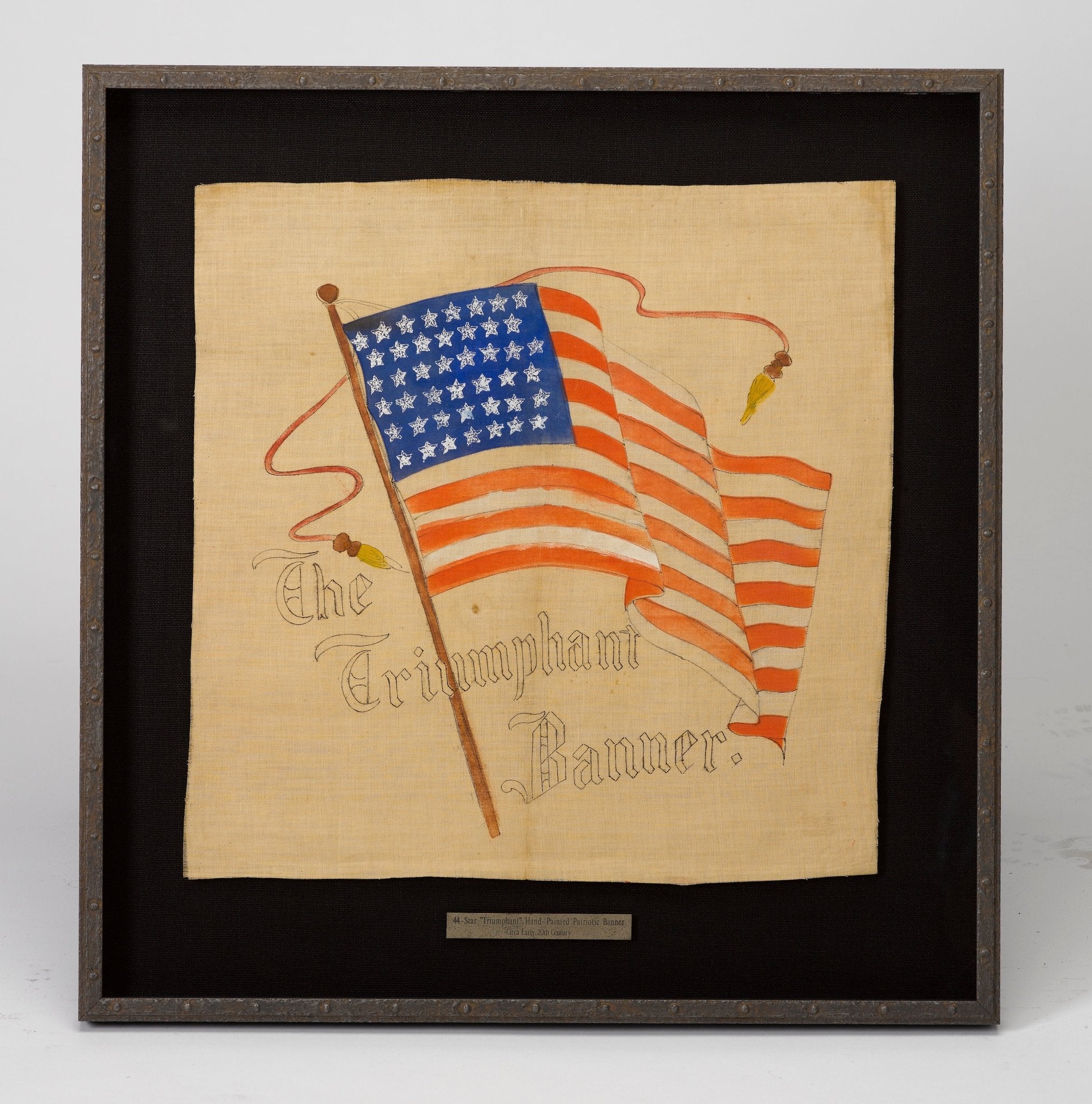Juneteenth
Happy Juneteenth! We’ll give you the all details on this holiday on this week’s blog!
What is Juneteenth?
Juneteenth, also known as Freedom Day or even Juneteenth Independence Day, celebrates the announcement of the abolition of slavery in Texas. More specifically, the holiday dates back to June 19, 1865, when the announcement was made abolishing slavery in the state of Texas, two years after the Emancipation Proclamation.
The Emancipation Proclamation, issued by Abraham Lincoln during the Civil War, freed the slaves of the former Confederate States of America. On September 22, 1862, the Emancipation Proclamation was issued, with an effective date of January 1, 1863. Under the Emancipation Proclamation, all enslaved persons in the Confederate States in rebellion were to be freed. This excluded, however, border states. The border states were the four “slave states” that were not in rebellion; Kentucky, Maryland, Delaware, and Missouri. These states later abolished slavery through their own state laws.
Thus, the Emancipation Proclamation applied only to states that had seceded from the United States, not the loyal border states. Lincoln exempted the border states from the Proclamation for fear that the order would tempt them to join with the Confederacy in rebellion. The freedom the Emancipation Proclamation promised was solely dependent upon the Union military victory, which was eventually successful. The restrictions of the proclamation were growing apparent.
Abolishing Slavery in Texas
The state of Texas was a different story. Texas was a more isolated state and was not a battleground, so word of the Emancipation Proclamation did not spread down to the enslaved peoples living there. The people held there as slaves were not affected by the Emancipation Proclamation unless they escaped on their own to one of the freed states in the Union. It was on June 19th of 1865 that the Union soldiers, led by Major General Gordon Granger, finally landed in Galveston, Texas. They brought with them the news of the end of the Civil War, and that all slaves in Texas were to be freed. This came two and a half years after President Lincoln’s Emancipation Proclamation.
However influential, The Emancipation Proclamation had little impact on the slaves held in Texas due to the small number of Union troops available to enforce the President’s Executive Order. With the surrender of General Lee in April of 1865 and the arrival of General Granger’s regiment that same year, the forces were finally strong enough to influence and overcome any resistance to the Emancipation Proclamation.
General Order No. 3 read:
"The people of Texas are informed that, in accordance with a proclamation from the Executive of the United States, all slaves are free. This involves an absolute equality of personal rights and rights of property between former masters and slaves, and the connection heretofore existing between them becomes that between employer and hired labor. The freedmen are advised to remain quietly at their present homes and work for wages. They are informed that they will not be allowed to collect at military posts and that they will not be supported in idleness either there or elsewhere." - Major General Granger
The Aftermath
The news of emancipation spread, but slowly. For some, it took a year or two after Granger’s arrival in Texas to be freed, due to difficulties with southern slave owners. When freed slaves tried to leave, many owners beat them or threatened them, causing even more trouble. To many, the news was a shock, and most did not know where to go with their newfound freedom. After some time, however, the formerly enslaved peoples went on to discover new lives among friends and relatives after years of oppression.
Texas was the first state to declare Juneteenth a state holiday in 1980. While it is not a federal holiday, many states recognize it and celebrate it every year on June 19th. Many celebrate with outdoor parties, concerts, and sometimes even readings of the Emancipation Proclamation. Happy Juneteenth!






